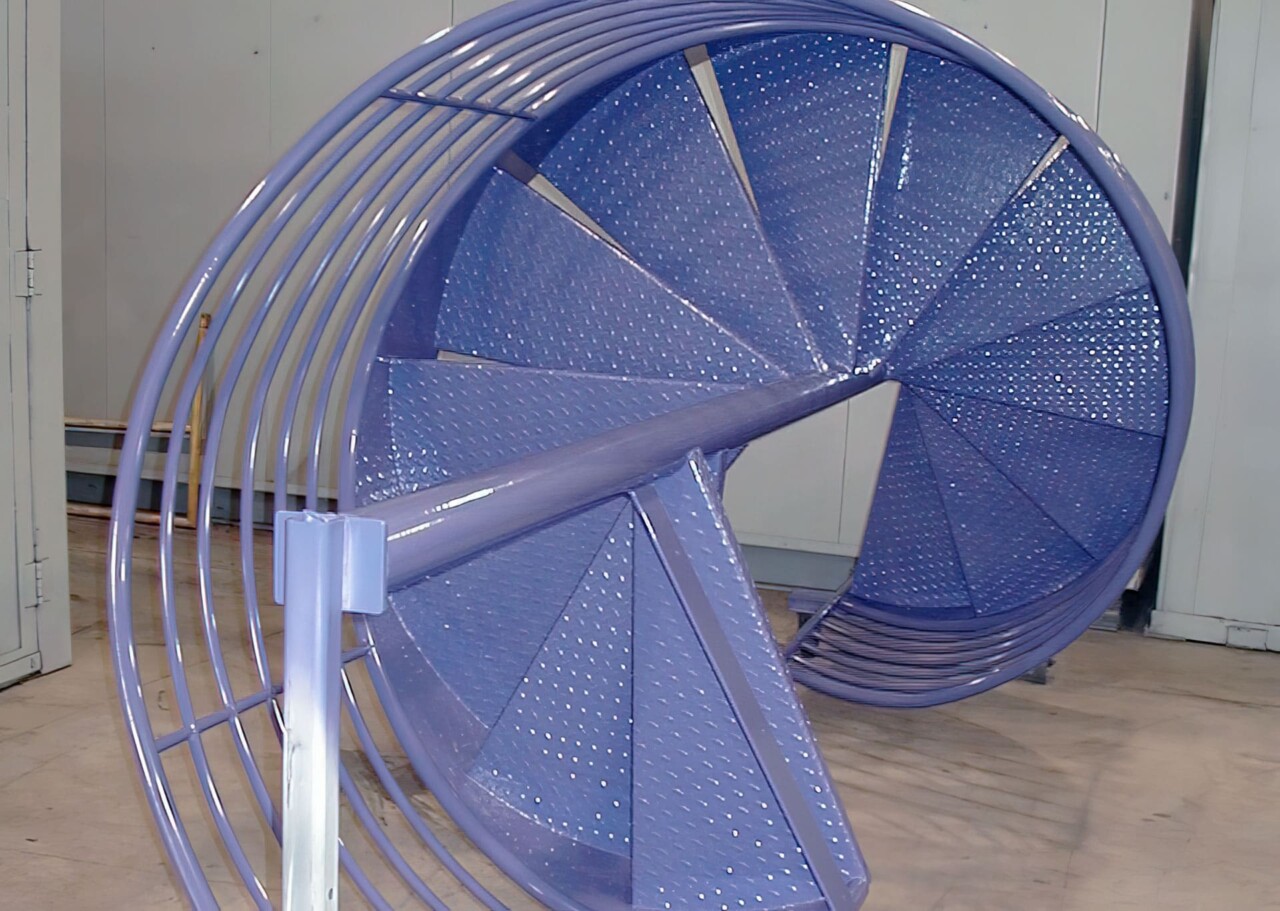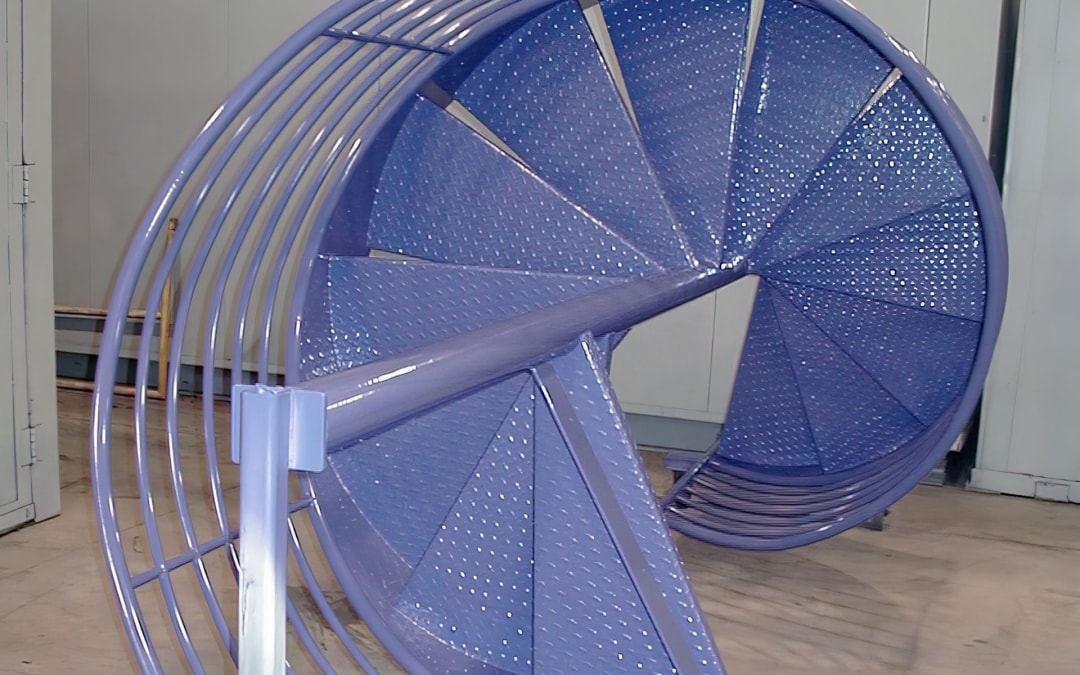Cost-Saving Tips for Powder Coating

Resource Challenges in Powder Coating
There are many challenges present in today’s economy that can cause many businesses to throw in the towel and call it quits. These difficulties are even more impactful for some companies specializing in niche markets. Those who have diversified into different markets like powder coating may be doing a little better, but not many of us are smiling. By analyzing your powder process and making a few small procedural adjustments, you can make a tremendous difference to the bottom line. There are some things that you can do to help keep the wolves away in these tough times, and I would like to share some of what we are doing to button up our powder-coating process at Advanced Finishing and what we’ve done to achieve our status as the leading powder coater based in the Northeastern United States.
Setting aside the physical labor requirements there are three essential resources required in powder coating.
- Compressed Air
- Powder
- Applied Heat
All of these resources are essential, and all of them are expensive. By implementing a handful of checks and balances to these three factors, you can save effort, time, and most importantly, money.
Conserving Compressed Air During Powder Coating
As I like to say to my customers, “In powder coating, compressed air is your blood and your air compressor is the heart of your business.” That is why we have two highly efficient and well-maintained air compressors. We also maintain a backup and connections for an emergency portable unit (in case of an unexpected heart attack). From fluid beds and pulse cannons to spray guns and air tools, compressed air is the resource that makes our world go round.
A rough rule of thumb for compressed air is that 4cfm (cubic feet per minute) are generated for each horsepower of an air compressor. So a 100 hp compressor should put out about 400 cfm of air, or almost 50 million cf per year per 40 hr shift. We also estimate that the cost to run a 100-hp compressor one shift per week is around $15,000 per year. This works out to about $.0003 per cubic foot.
As with most compressed air systems, ours continually springs new leaks. The significant leaks always get fixed fairly quickly, but there are always little leaks that seem to hide until 5 minutes after maintenance punches out. The majority of small compressed air leaks stem from a loose hose clamp or split hoses. There is also the chance that someone left the air to their hood on or left a fluid bed on. While these leaks never seem to be too serious here are the numbers based on one 40hr shift of operation.
At 100psi, a 1/8” air leak will bleed about 25cfm (cubic feet per minute) of compressed air. If left unfixed, that 25cfm works out to 1500cf per hour or 60,000cf per 40-hour shift. If left unaddressed for a year, it can equate to over 3,000,000cf! At our $.0003 per cf, that is close to $1000 per year. These numbers are all calculated for a system maintaining a conservative 100psi. At 125psi, compressed air waste can increase by a further 20%. As the size of the leak increases, the bleeding increases exponentially. Add a shift and it doubles. Somebody call a doctor to stop the bleeding! To help, if your shop currently runs at 110psi or 125psi, see if you can run at 100psi. The cost to compress that extra 25psi is considerable, and saving that added expenditure is worth investigating.
Reducing Powder Costs During Coating Application
Another way to save powder coating dollars is by reducing the amounts you currently spend on powder. Aside from labor costs, powder is the most expensive component of the finishing process. I suggest using the Powder Police Principle (PPP) and it works like this. The chief of the Powder Police is the purchasing agent. The chief ensures that you are buying only as much powder as you need, that your powder pricing is competitive, and that you are taking advantage of any available discounts whether in quantities or by provider. Many powder companies are offering excellent deals on standard and special powders these days. It is the primary responsibility of the chief to take advantage of these.
The detectives in the Powder Police Principle are the quality control inspectors. They make sure that you are using the correct powder on the job, that the sprayers are maintaining the correct milage as per the project specifications, and that any respraying is kept to a minimum. The detective’s job is to follow the progress of the parts through the system and make sure that the right amount of materials is being applied at each stage. This will not only ensure a quality final product but will also minimize the waste of resources. For example, at $3.00/lb, putting an extra mil of powder thickness may not be a big deal on a small job, but if the additional application is extended over a year, you can use thousands of dollars of extra material where it should not have been. When the price surges $10.00/lb, or higher, improperly applied powder can quickly become a matter of survival for your company.
Last but not least, you have the beat cops in the Powder Police Principle. The beat cops are the sprayers and booth operators who need to make sure that grounding is good, powder coating spray guns are adjusted, and nothing ends up on the floor. Sprayers and booth operators should ensure that boxes are closed and sealed after use. A poor ground coupled with too much powder flow on the guns creates excessive milage and rework. Over-fluidizing and not using lids on beds will result in excess powder on the floor. Unsealed powder boxes absorb moisture that affects transfer efficiency and chargeability. Performance at this level of the operation can be the difference between a profitable job and one that ends up losing money. All of these add up to unnecessary costs and your PPP can help keep these wasteful practices from robbing your margins.
Reducing Heat Waste During Powder Coating
Finally, the third expensive resource required in powder-coating is applying the necessary heat to cure the powder. Although some companies use electric ovens or even burn propane, natural gas is by far the most common source of powder coating heat fuel. As you very well know, the price of natural gas has been on a roller coaster similar to the one gasoline has been on. Although the price of gas has somewhat stabilized in recent months, a few hurricanes in the Gulf can have them right back up to $10+ per dekatherm. Regardless of whether you heat your ovens and washlines with electricity or gases, there are still ways to minimize the use of this precious resource.
First, do not let employees get in the habit of coming in and firing up all of the ovens every morning. Depending on the size of the oven and burner, most of our ovens take between 15 to 30 minutes to come up to temperature. Unless the oven is used immediately, wait until you are almost ready to spray the parts before firing up the oven. Also, if you are finished with the oven for the day, turn it off NOW! I can’t tell you how often an operator will leave the oven on in case somebody needs it. Close the doors and shut it down. If the oven needs to be restarted it will already be warm and will heat up fairly fast, providing instant cost-savings over continual operation.
Also, make sure oven doors close and seal properly. For tunnel ovens, make sure the air knives work properly. Some companies will come into your facility to do an energy audit, sometimes free of charge. Part of their program should be to utilize thermal imaging to see where heat is leaking out of your ovens. By adding insulation and caulking leaky seams, you can button up gas ovens and see the incremental savings provide long-term financial benefits. Natural gas is a non-renewable energy source, and using it efficiently is crucial to success as a powder coating company.
Improving Efficiency as a Powder Coater
There are many other ways to cut costs in hard times, however, compressed air, powder waste, and heat conservation remain the most critical. There are local industrial resource centers, universities, and even government grants for energy reduction and conservation. In hard times, these little things might not seem like much, but they can be the difference between survival and the alternative. So go out there and fix your air leaks, implement a powder police force, and button up your ovens with responsible operation practices.
Not to toot my own horn, but I have been in the business of powder coating for over thirty years. My company is ISO 9001 certified (which means we have process sheets and documentation that help us provide consistent quality products to our customers, and supply the paperwork they require to keep their ISO certifications). We are PACCAR approved, Freightliner approved, and have tested to AAMA 2603, 2604, and 2605 approval. All the major fluoropolymer suppliers now certify Advanced Finishing as an approved applicator. We are also recognized by a leading antimicrobial technology company as an approved applicator of their antimicrobial coatings. I have worked hard to gain these certifications, and I fight to protect them. Yet all of these certifications are meaningless without also implementing the cost-saving efforts to reduce compressed air waste, powder costs, and heat loss.
